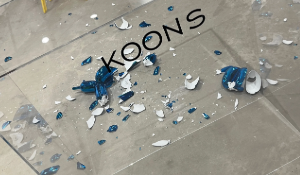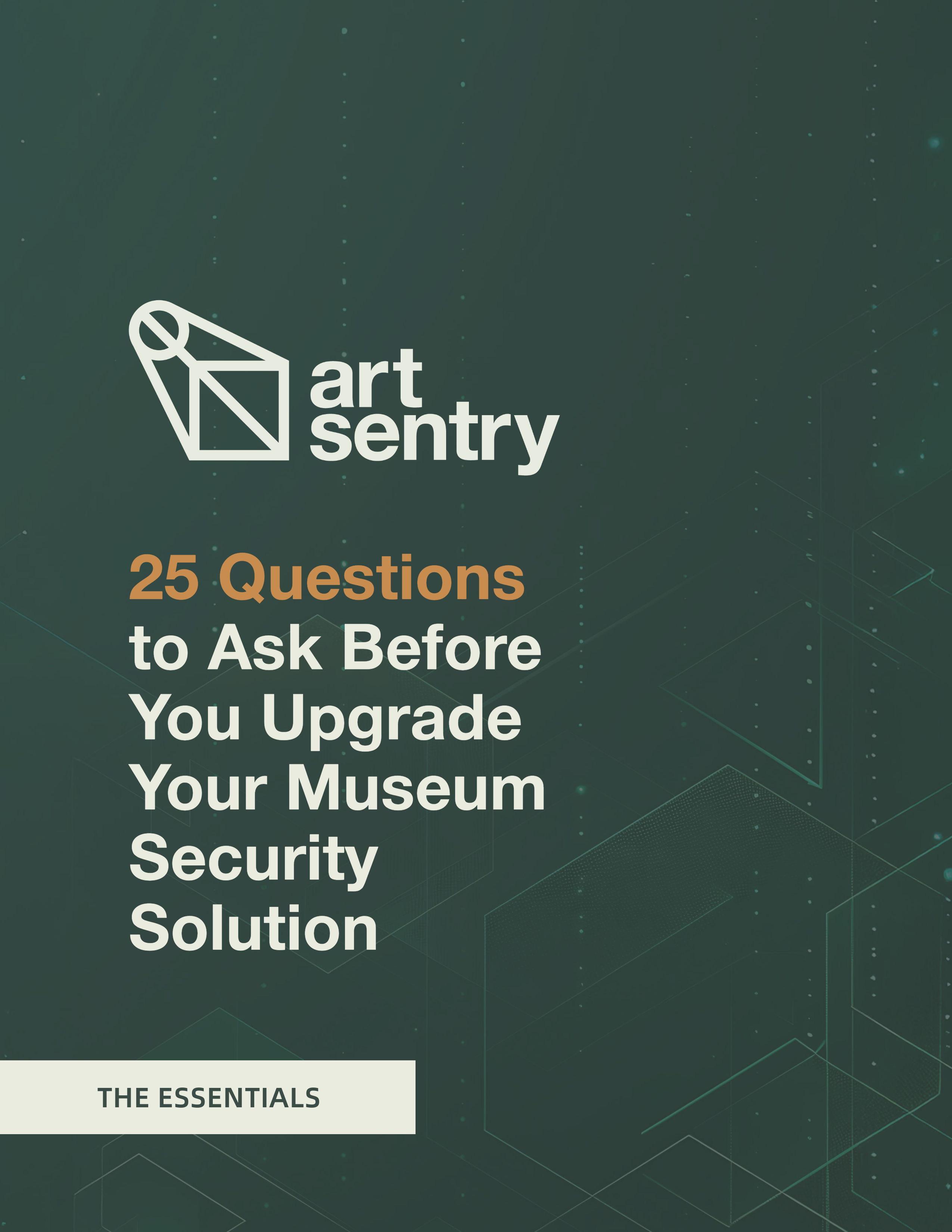After-hours events offer numerous benefits for museums including increased engagement, additional revenue, and unique visitor experiences. These events also pose significant risks to collections due to the relaxed environment and potential for higher foot traffic in sensitive areas. Staffing for special events is another challenge due to additional costs and lack of available personnel.
Despite the best efforts of museum administrators, there have been instances where art was damaged during events. For example, a 2023 party in Miami saw the accidental destruction of a $42,000 Jeff Koons balloon statue. In 2016, a visitor tripped and fell into a valuable clock at the National Watch and Clock Museum in Pennsylvania. These incidents highlight the need for more proactive measures to protect museum collections during special events. Here are 5 ways to enhance the safety of your collections during after-hours events.
- Conduct Pre-Event Briefings
Conducting a pre-event briefing session with all event staff and volunteers is paramount. Essential topics to address include:
– The critical importance of their role in safeguarding artwork.
– Strategies for mitigating specific risks associated with the event.
– Detailed emergency procedures for responding to accidental damage or other incidents.
- Engaging Guests in the Preservation Effort
Transforming guests into allies in the protection of your collections requires a strategic educational approach. This approach is designed to inform and empower guests, making them feel responsible for the preservation of the collections. Effective methods include:
– Delivering concise talks or distributing informational leaflets that outline the history and significance of the collection items.
– Encouraging guests to admire the art from a safe distance while adhering to the museum’s guidelines.
– Leveraging social media and event invitations to emphasize the institution’s dedication to preserving cultural heritage.
- Implement Advanced Surveillance Systems
Maintaining updated surveillance systems is crucial for museum security. Systems equipped with object protection and alerting provide a robust solution. Museums can use these systems to automate the protection of artwork. Automated systems are always active and can notify guard staff that a boundary has been breached, extending their oversight and continuously monitoring your most valuable objects. This technology can monitor areas that are difficult to cover physically, allowing fewer staff to manage larger spaces effectively.
- Strategic Deployment of Security Staff
Staffing after-hours events can often entail substantial overtime costs for security personnel and presents logistical challenges in scheduling sufficient staff. Technology solutions can effectively mitigate these issues by reducing the dependency on additional security staff while ensuring robust collections protection during events with fewer personnel. Another helpful strategy is encouraging collaboration between security and other departments, such as guest services and event management. This cooperation can help identify potential security issues early and distribute the workload more evenly across the team.
- Utilizing Smart Analytics for Proactive Measures
Examining data analytics helps identify hotspots where incidents are more likely to occur. By analyzing data from the surveillance system, previous events, and input from staff, museums can spot trends and implement targeted measures. These can include additional signage, changes in how items are displayed, and barriers in high-incident areas. This proactive approach enhances event security and continuously improves the overall security framework.
While special events can present some challenges, the joy and engagement they bring to the community and their revenue-generating power can outweigh the potential risks. By implementing these strategies, museums can create a safer environment for their collections during after-hours events. The key is to blend technology, staff vigilance, thoughtful planning, and guest education to minimize risks and ensure the continued enjoyment and preservation of the museum’s priceless treasures.





